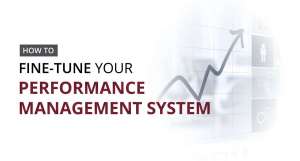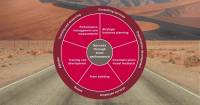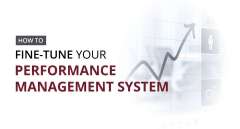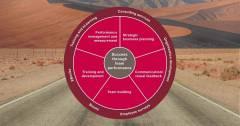Harold Monty Sacher
How to fine-tune your performance management system
Do you struggle to control the delivery of measurable results by the people that you lead? Wouldn't it be great if they stopped micromanaging each other, and were more empowered and engaged, and less apathetic? What do they want? Why haven't we totally solved this problem yet?
What do I do on Monday morning?
Workplace Wars. How to win.
No problem in this world or beyond can withstand human beings, blessed with limitless potential, working effectively in organizations. If people are productive at work, they are happier not just at work, but with their families and in society.
How to implement a unified sense of direction: The 10 Musts.
What is a unified sense of direction and how do you develop one?
The first essential component of team performance is a unified sense of direction. A unified sense of direction can best be summed up in the phrase one team, one direction.
The five pathways to Organizational Effectiveness
It is very easy to lose your way on the road to organizational effectiveness. It can be dispiriting to work in an environment that lacks clear direction, coordination, and role clarity.
The Future of Organization Effectiveness
Do your team and organization have a unified sense of direction, (the unique contribution of the leader), a strategic plan effectively being implemented, a bulletproof measurement and performance management system that provides role clarity and accountability?
An organizational antidote to Covid-19
We are all creatures of habit. We enjoy and depend on our structures and routines, especially at work; and especially in larger organizations. There is a lot to like about business as usual.
But how are we going to improve performance?
11 reasons why you should (re) develop your performance measure or KPIs.
Every person in an organization is employed to deliver results (outputs) that contribute to the organization as a whole. Effectiveness is judged by the extent to which internal and external customer demands for outputs are met.
A modern team based structure
Teams, rather than traditional structures, create the conditions that motivate people. Many organizations today have policies, structures and management styles that perpetuate a work environment out of alignment with current employee needs. Past management practices and past leadership styles are still being applied, even though they are not in touch with the needs of the employees.

















